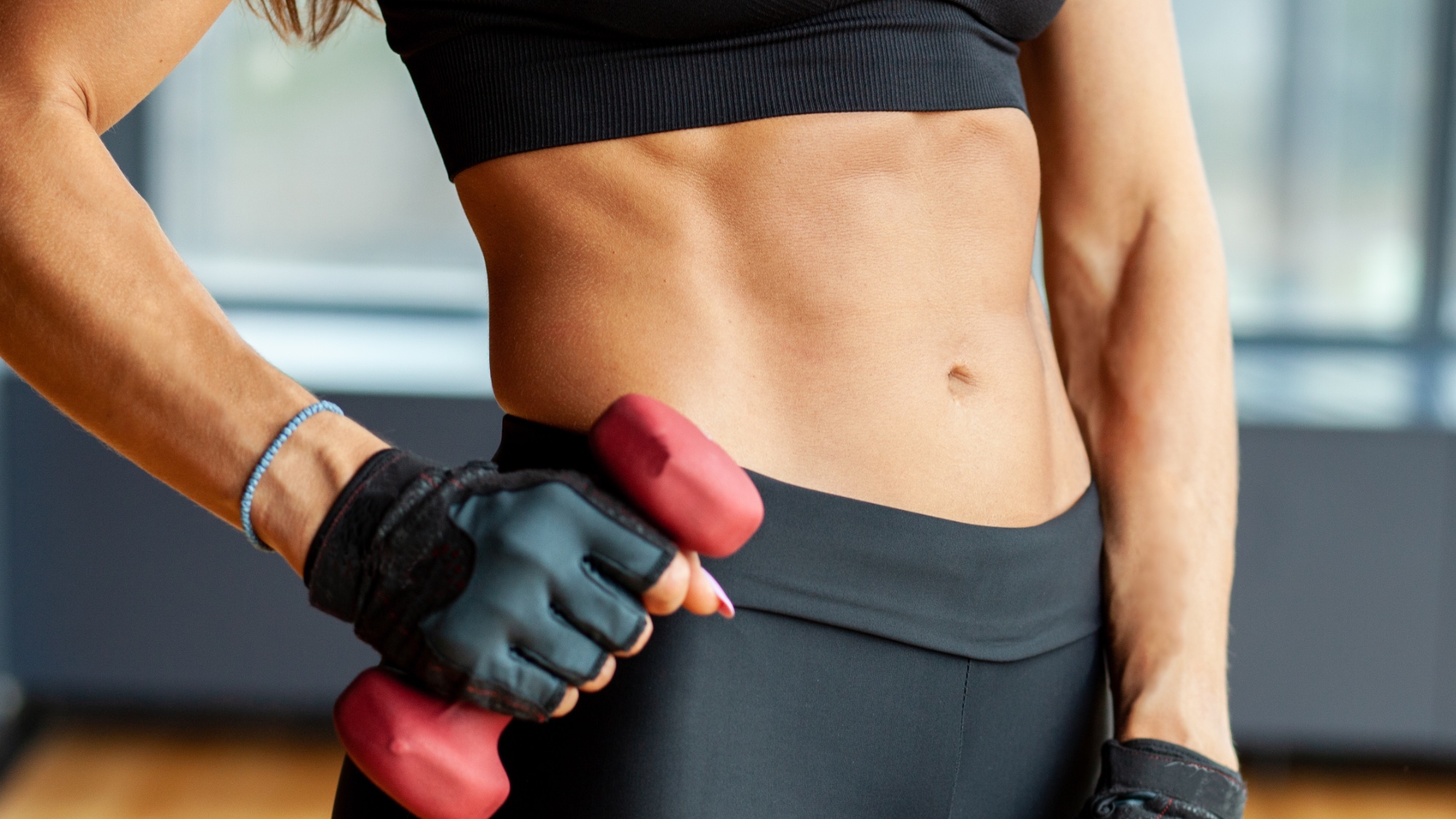Forget your old nighttime routine — I'm asleep in 7 minutes flat, here's my proven method
5 things that help me fall asleep fast in under 10 minutes every night
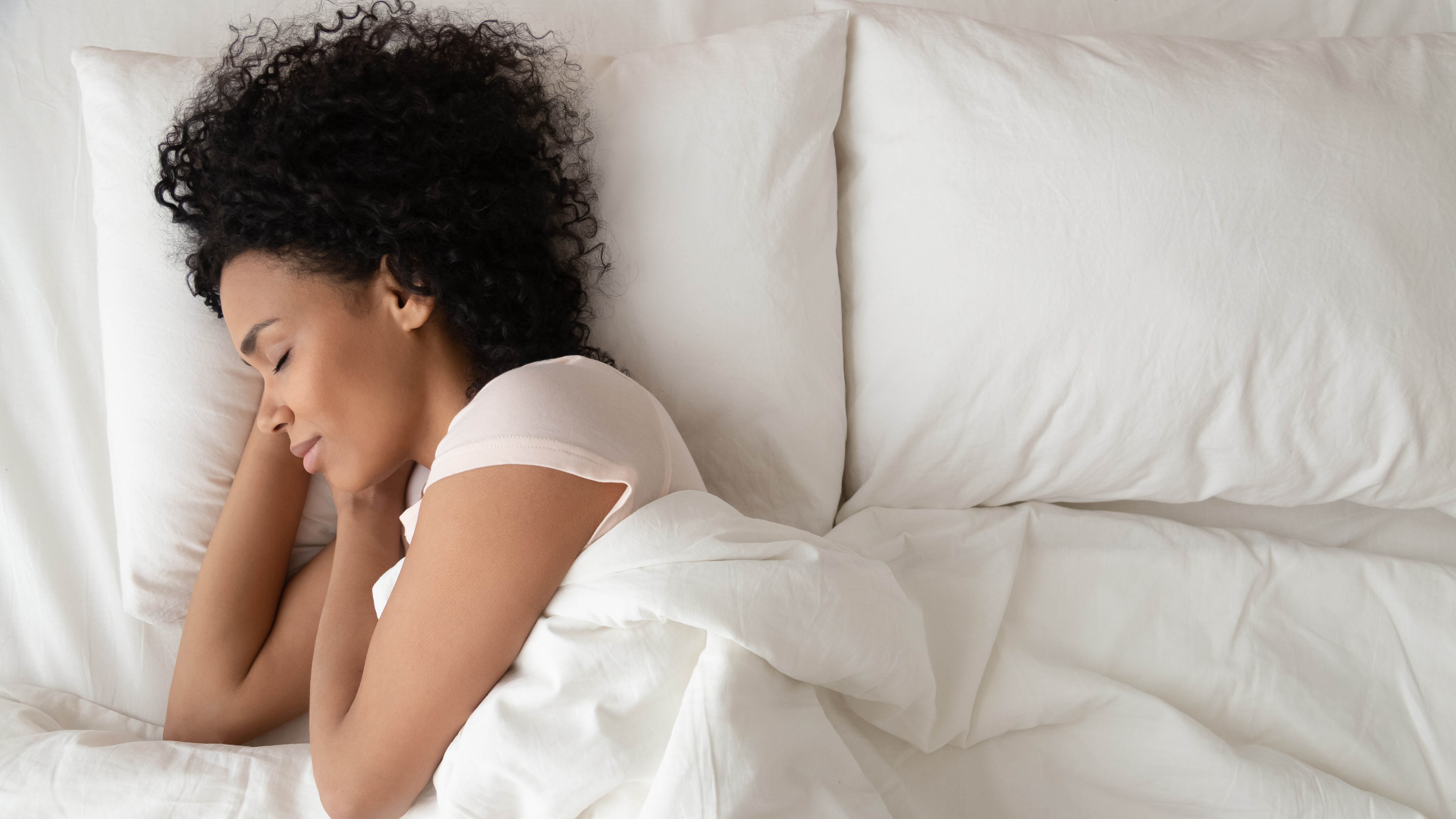
I’ve not always been a good sleeper. From bouts of insomnia to nighttime anxiety, I used to dread going to sleep, scared that I’d spend hours staring at the ceiling with a racing heart.
Now, my sleep score stays in the 90s and when I took part in a sleep study, the results showed I fell asleep within just 7 minutes. That’s a huge improvement and I feel like my sleep quality and efficiency has improved a lot.
Since becoming the Sleep Features Editor for Tom’s Guide, I’ve learned the best tips and tricks to fall asleep fast. Here, I’ll be sharing how I fall asleep in under 10 minutes almost every night, as well as explaining how long it should take you to fall asleep.
How long should it take to fall asleep?
Sleep latency, which refers to the length of time it takes you to fall asleep, should be anywhere between 10 and 20 minutes for an adult. Although, of course, everyone is different.
If you fall asleep significantly quicker than this, you might be sleep deprived or even have an underlying sleep disorder.
And the same can be said if you take a lot longer to fall asleep. Healthy sleep latency indicates a well-regulated body clock (also known as circadian rhythm), and results in quality sleep.
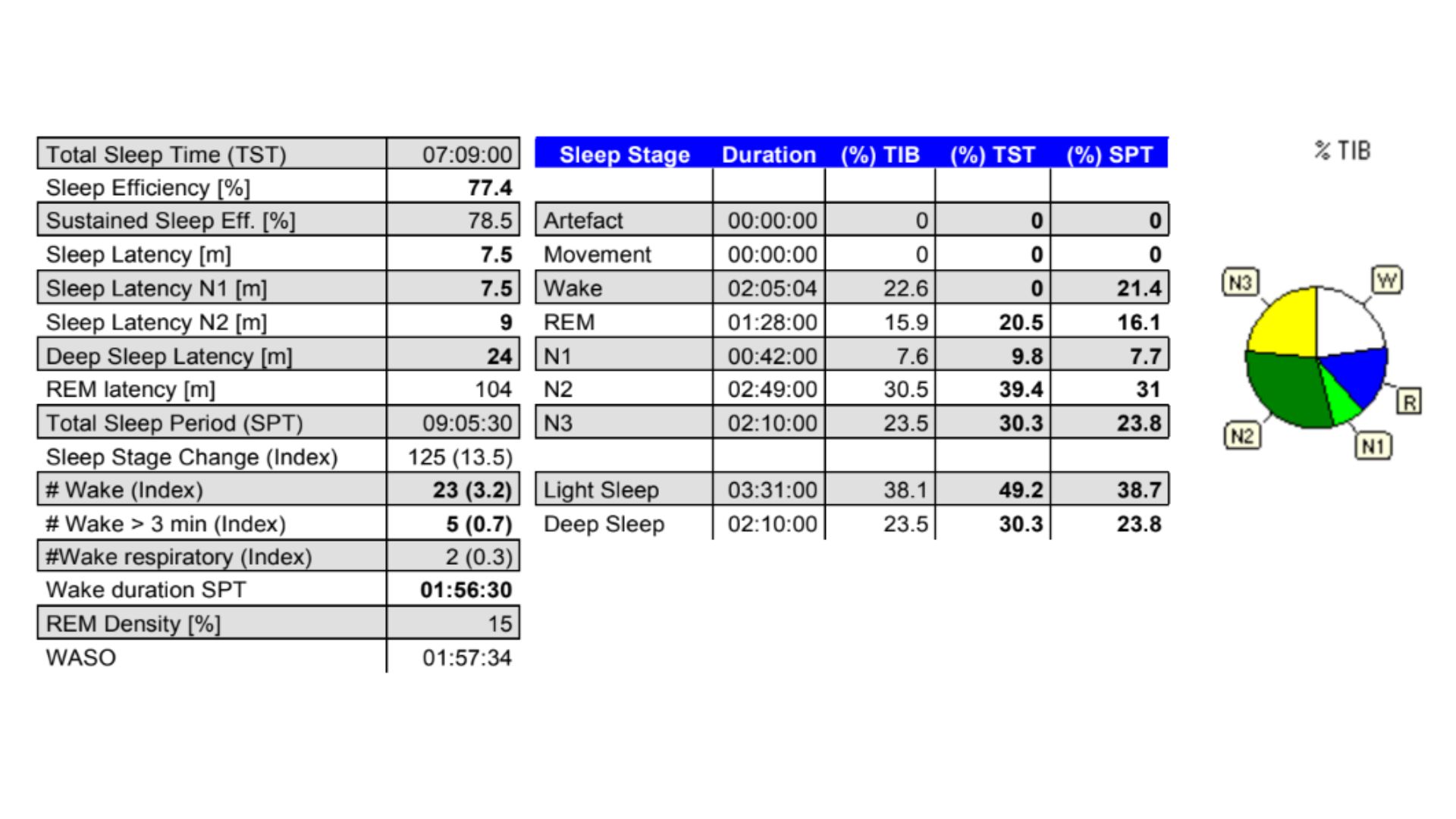
5 things I do to fall asleep fast every night
I’ve perfected my bedtime routine and sleeping environment to help me fall asleep so quickly. Here’s how I do it.
1. I keep a consistent sleep schedule
Something I’ve never been good at is setting a bedtime and wake-up time. Previously, the time I fell asleep depended on the day.
If I was exhausted and had to be up early, sometimes I’d fall asleep as early as 9pm. Other nights, I’d be up until 1am.
Now, with the occasional weekend exception, I aim to fall asleep and wake up at roughly the same time every day
Little did I know that this was wreaking havoc on my circadian rhythm. This means my body didn’t know when to be awake and energized, and when it was time to wind down. The result? Energy dips throughout the day and a long time spent trying to fall asleep at night.
Get instant access to breaking news, the hottest reviews, great deals and helpful tips.
Now, with the occasional weekend exception, I aim to fall asleep and wake up at roughly the same time every day. Since adopting a consistent sleep schedule, I naturally become sleepy at 10.30pm and start winding down. When 11-11.30pm comes and I switch off my bedside lamp, I’m asleep within minutes.
Our body clocks are regulated by sleep hormones such as melatonin. By keeping a regular sleep schedule, you'll help your body to release enough melatonin at the right time to fall asleep fast and sleep through the night.
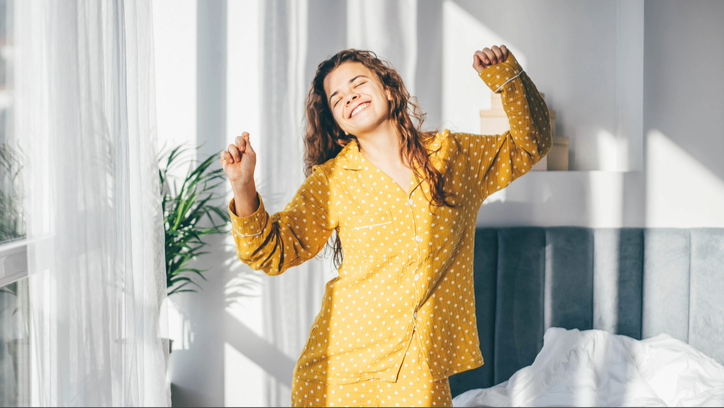
2. I’ve perfected my nighttime routine
Nighttime routines aren’t just for children. Humans are creatures of habit, feeling comforted by routine and stability. And to fall asleep, we need to feel safe and ready to do so.
I’ve now officially banned myself from using my phone within half an hour of my bedtime
Repeating calming activities every night can signal to our minds and bodies that it’s time to start winding down. I’ve now officially banned myself from using my phone within half an hour of my bedtime.
Personally, the current news and updates are far too disturbing and stimulating for me to switch off easily afterwards. Instead, I do a quick tidy of my bedroom, write a to-do list for the next day and prepare what I need.
Then, I take a warm bath and read my book. Both have been proven to reduce stress, and a warm bath can help you get to your ideal body temperature when you move back to your bedroom.

3. I use cognitive shuffling
Inevitably, I have nights where falling asleep feels like a struggle. Whether it's a stressful day at work, a busy social day or hormones, it's not always easy to fall asleep fast.
My go-to trick on these nights is cognitive shuffling. This simple sleep hack sounds complicated, but it's the most simple method I've tried.
All you do is think of a random object and visualize it. Then, think of another random object that's completely unrelated and visualize that. Continue doing this and soon you'll scramble your thoughts, replicating that confused trail of thoughts you experience right before you fall asleep.
Essentially, this tells your brain that it's time to stop making sense of these thoughts and switch off. Before I know it, I'm out cold.
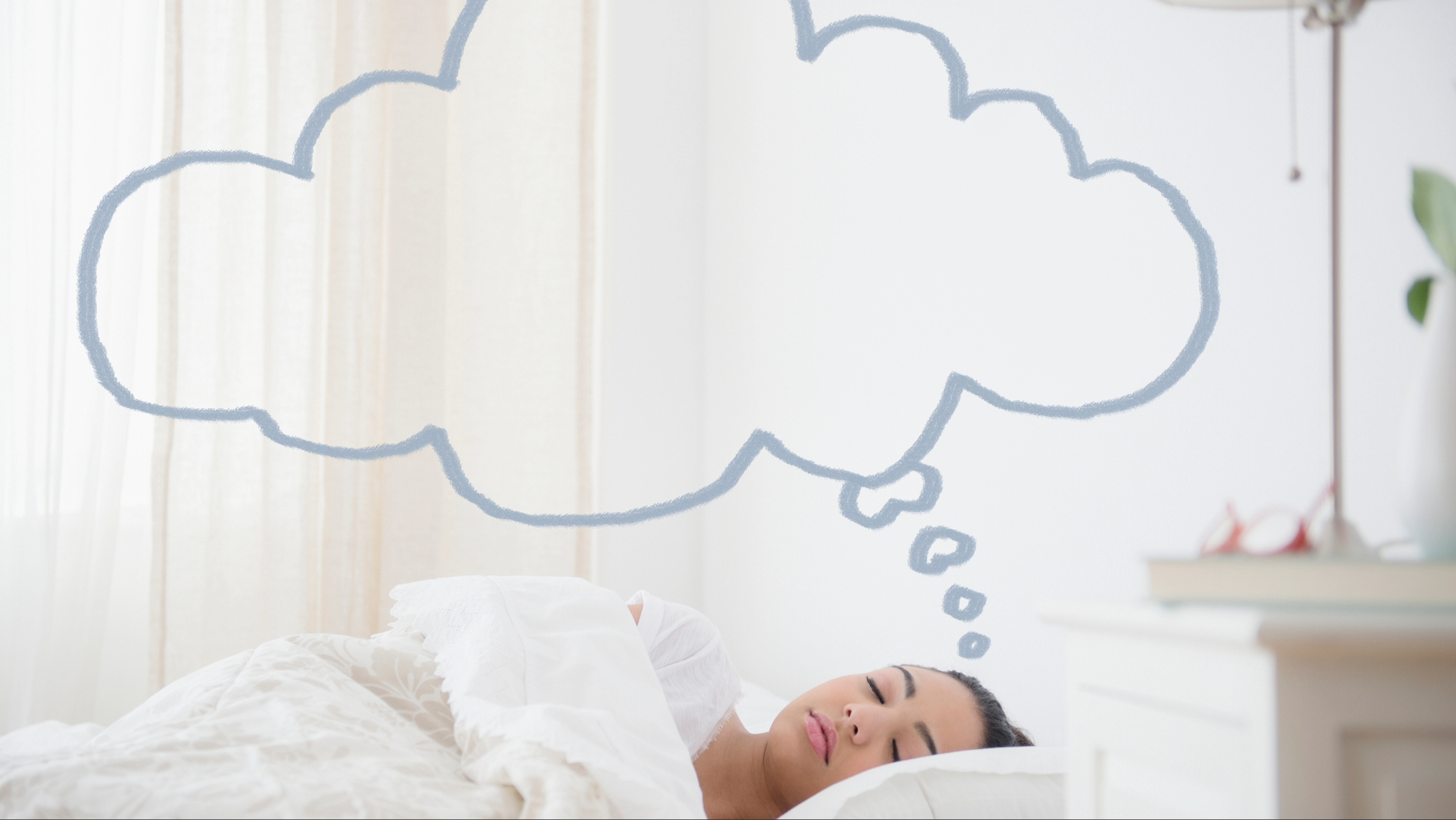
4. I use earplugs
I live in a busy city, where I can’t rely on peace and quiet any night of the week (thanks to the nightclub next door which opens Wednesdays and Sundays until 4am). For this reason, earplugs have been an absolute lifesaver.
I’ve used foam earplugs before, which work exceptionally well. My only drawback is the abrasive material feeling painful after a while. Since switching to Loop Earplugs, I’ve been falling asleep a lot easier.
The soft silicone fits comfortably and it blocks just enough noise for me to tune out the various drunk conversations outside my window. They also stay in place all night.
If you don’t enjoy the feeling of earplugs, consider opting for white noise. This will help mask any sounds that could jolt you awake.

5. I’ve found the right mattress
Previously, I’ve slept on cheap mattresses without considering what I really need from my bed. Now, with a deeper understanding of the role mattresses play in your sleep, I’ve found the perfect fit for me.
As a side sleeper who likes to remain on top of a mattress rather than sink into it, I’ve chosen one of the best organic, natural mattresses made from latex, with a medium-firm feel. For me, this means I don’t overheat in the night, I remain comfortable throughout the night and I feel supported.
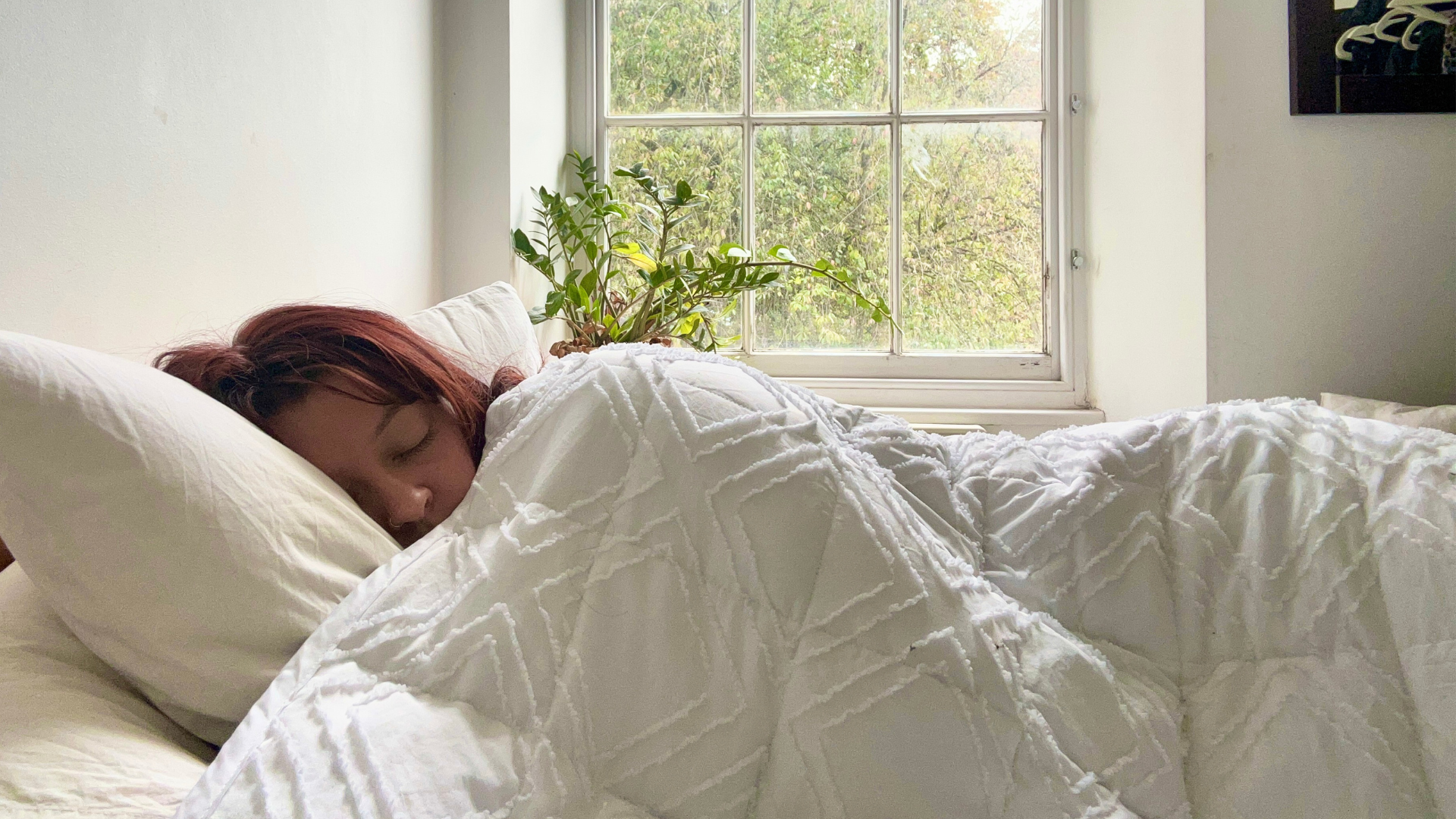
Everyone is different, but if you find the best mattress for your sleep needs you’ll be more likely to fall asleep faster and stay asleep in the night.
This is because it will help relieve pressure around your joints, resulting in less frequent tossing and turning. Now I associate my bed with comfort and sleep, meaning I feel safe and ready to rest as soon as I enter it.

Lauren is an experienced writer and editor in the health and lifestyle industry and has led many campaigns and projects that deliver news, advice, and research on all things sleep. As the Sleep Features Editor for Tom’s Guide, Lauren writes, commissions and edits sleep and mattress content, from in-depth how-tos in sleep and mattress health to interviews with doctors and neuroscientists on the latest news in sleep. Lauren regularly tests new sleep tech and accessories to evaluate their effectiveness for getting good quality sleep and easing specific sleep struggles like nighttime anxiety. Alongside this, Lauren reports on the best mattress brands out there, like Helix, Saatva, and DreamCloud, helping readers find the right mattress for them and the best deals on them.
You must confirm your public display name before commenting
Please logout and then login again, you will then be prompted to enter your display name.
